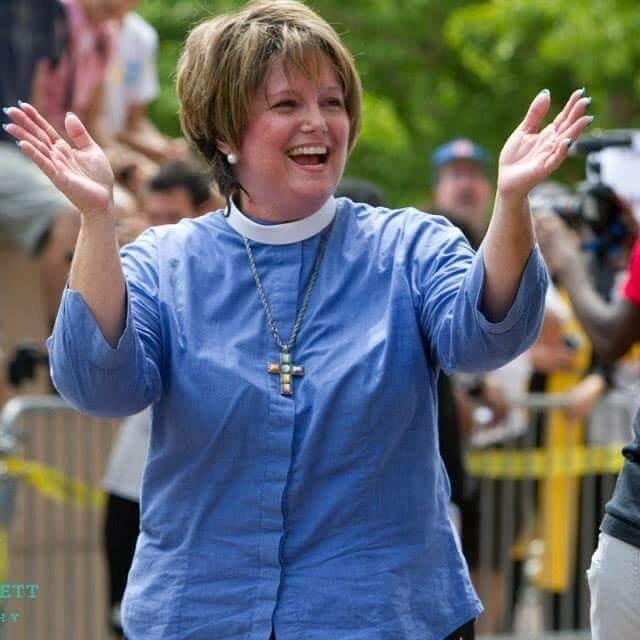Rev. Dr. Renita Marie Green, Columnist
Churches have long been viewed as sacred spaces where the divine meets the human. This theological perspective calls for a deep respect for these buildings, ensuring their use aligns with their purpose. However, sacredness does not imply exclusivity or fragility. On the contrary, the Bible encourages believers to view physical spaces as tools for ministry. The early church, for example, met in homes, courtyards, and public halls, using whatever space was available to advance the gospel (Acts 2:46; 19:9).
European colonial models of Christianity often emphasized grandeur and formality in church design, reflecting thecultural values of the time. Sanctuaries were constructed to inspire awe and reverence, which is meaningful, but this aesthetic sometimes came with exclusivity that limited the space’s broader function. Such spaces were often seen as too holy for “secular” use and were primarily restricted to liturgical and ceremonial gatherings. This mindset alienates those who feel unworthy to step into spaces perceived as “too holy” and disconnects the church from practical, everyday needs in the community.
Colonized thinking also influences decisions about closing small congregations and selling church properties. This perspective often prioritizes efficiency, financial viability, and growth metrics over the theological and communal value of sacred spaces. Small congregations are labeled “unsuccessful” and treated as expendable, disregarding the history, relationships, and ministry embedded in their spaces. Selling these properties erases their sacred significance and diminishes the broader mission to nurture faithful, small communities. Instead of closure, reimagining and repurposing such spaces can honor their legacy while creating new opportunities for ministry.
A decolonized perspective reframes the question: instead of asking how sacred spaces can be protected or what makes a congregation valuable, we ask how these spaces can best serve God’s people.
Old church buildings are not relics but tools for ministry, designed to glorify God by serving His people. Congregations can honor God’s mission by restoring, repurposing, and reimagining their buildings to meet physical and spiritual needs. For example, churches can:
- Serve as emergency shelters during extreme weather.
- Repurpose underused rooms for mental health support or recovery programs.
- Open fellowship halls for fitness classes, farmers’ markets, or community events.
These acts of service demonstrate that sacred spaces are for all, reflecting a theology of openness and hospitality. Welcoming community organizations or individuals to use the space at no charge further expands a church’s witness, reinforcing the idea that God’s house is open to all.
For many churches, financial sustainability is a pressing issue. Congregations at risk of closure can generate income to retain and maintain their properties by redefining their spaces for profit in ways that align with their mission. This approach does not erase history; it reflects God’s transformative power through care and renewal while preserving the legacy of God’s work and His people. Profit-driven repurposing could include:
- Transforming unused areas into Airbnb-like accommodations.
- Renting offices or coworking spaces.
- Partnering with organizations to create childcare or adult daycare programs.
- Using land to build tiny homes for homeless veterans.
- Creating a retreat center centered around the church building.
- Opening a restaurant, café, or similar business venture.
A decolonized theology of space recognizes that sacred spaces hold spiritual significance while serving as functional tools for God’s mission. This perspective removes barriers that limit God’s presence to one type of space, acknowledging that God is present in all places. From the Tabernacle in the wilderness to house churches in the New Testament, scripture reveals that sacred spaces are meant to facilitate worship, foster community, and address human needs.
Spaces become holy not through their design or exclusivity but through their use in serving God and others. This vision reframes church buildings as dynamic, multipurpose environments where God’s presence is encountered and love is expressed. By repurposing spaces to meet community needs or redefining them to ensure sustainability, churches fulfill their calling to be sanctuaries of worship and hubs of transformation and care, ensuring their legacy continues for generations.
You can read more in my newly released book, “What’s Next? Navigating the Crossroads of Decline,” available on Amazon.






Amen! Thank you. May the LORD continue blessing your work, all who serve, and all who are served!